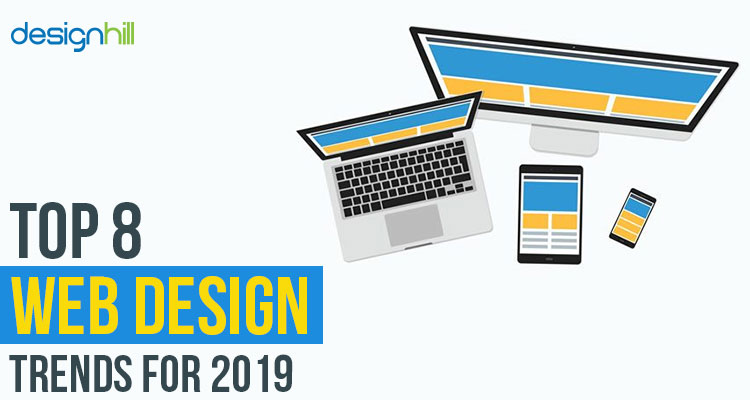The Dos And Donts Of Typography In Web Design
The Dos And Donts Of Typography In Web Design
Blog Article
Writer-Forbes Coates
Improve your web design by choosing easy-to-read font styles and ideal dimensions. Choose clear sans-serif or serif fonts for far better readability. Stick to 2-3 fonts for uniformity. Avoid small dimensions that strain the eyes. Focus on simplicity over complexity. These pointers will help you create an aesthetically appealing and appealing site effortlessly.
Do:
* Choose a clear and clear font that is easy to read on displays of all dimensions.
* Use headings and subheadings to produce a visual hierarchy and help users navigate your web content.
* Use typeface sizes and line spacing to produce a comfortable reading experience.
* Explore various font styles and weights to include visual interest and focus.
* Use typography to accentuate crucial elements, such as calls to activity or navigating menus.
Do not:
* Use too many various fonts or font styles, as this can produce visual mess and make your website look unprofessional.
* Use fonts that are as well ornate or illegible, as they may not present well on all gadgets.
* Usage font styles that are as well similar in size or style, as this can make your material tough to navigate.
* Usage way too much text or too many words, as this can overwhelm individuals and make your website really feel cluttered.
* Usage typography in a manner that is inconsistent with your brand name's general aesthetic identity.
Relevance of Typography in Website Design
Typography plays a critical role in website design by enhancing readability, aesthetic charm, and general individual experience. When made search engine optimization ads of efficiently, typography can convey the tone and message of your material, making it easier for users to involve with your website. Selecting the right font styles, dimensions, spacing, and shades can substantially impact exactly how visitors perceive and connect with your site.
Read Alot more of your website is directly linked to the typography options you make. Selecting clear font styles and proper font style sizes makes certain that customers can easily consume the info on your pages without straining their eyes. Additionally, correct spacing between lines and paragraphs can improve understanding and guide individuals via the web content seamlessly.
Additionally, typography adds to the visual allure of your web site. By developing a harmonious combination of font styles and shades, you can establish a cohesive layout that captivates individuals. Constant typography throughout various sections of your website additionally helps in preserving a professional and sleek look, improving the total customer experience.
Dos of Typography
To boost the readability and aesthetic appeal of your site, ensure that you select fonts that are simple to read and appropriately sized. Choose fonts that are clear and clear, such as sans-serif or serif fonts, which are typically made use of for body text. Sans-serif typefaces like Arial or Helvetica function well for electronic screens, offering a modern and tidy look. On the other hand, serif fonts like Times New Roman or Georgia can add a touch of beauty and custom to your website.
Another essential aspect to consider is font sizing. Make sure your message is large sufficient to be checked out pleasantly without stressing the eyes. Choose a font dimension of at the very least 16px for body text to make sure readability. Additionally, utilize various typeface sizes to develop a visual pecking order on your web site. Headings and subheadings ought to be bigger and bolder than the body message, assisting the viewers through the content effortlessly.
Donts of Typography
Avoid making use of an extreme selection of fonts in your web design to maintain consistency and readability for your target market. When it involves typography, less is often much more.
Below are some vital 'Do n'ts' to keep in mind:
1. ** Avoid making use of a lot of different fonts **: Restriction on your own to 2-3 typefaces for your entire web site. Utilizing a lot more can make your style look messy and less than professional.
2. ** Don't make use of fonts that are difficult to read **: Fancy or overly ornamental typefaces might look appealing, but if they compromise readability, they aren't worth it. Adhere to fonts that are easy on the eyes.
3. ** Steer clear of utilizing small typeface sizes **: Tiny text may seem sleek, yet if it's also little, it can strain your site visitors' eyes. See to ada requirements website is large enough to review conveniently on all tools.
Final thought
So, remember, when it comes to typography in website design,
do choose fonts carefully, keep it easy, and prioritize readability.
But don't overdo it with too many font designs, sizes, or colors.
Besides, https://www.business.com/articles/simple-effective-digital-marketing-tips/ to excellent layout is commonly found in the simpleness of typography.
So, next time you're servicing an internet site, keep in mind that sometimes much less is much more - also when it involves font styles.
